Bloodsuckers! Michigan Ticks and Larvae, In Photos
Size difference
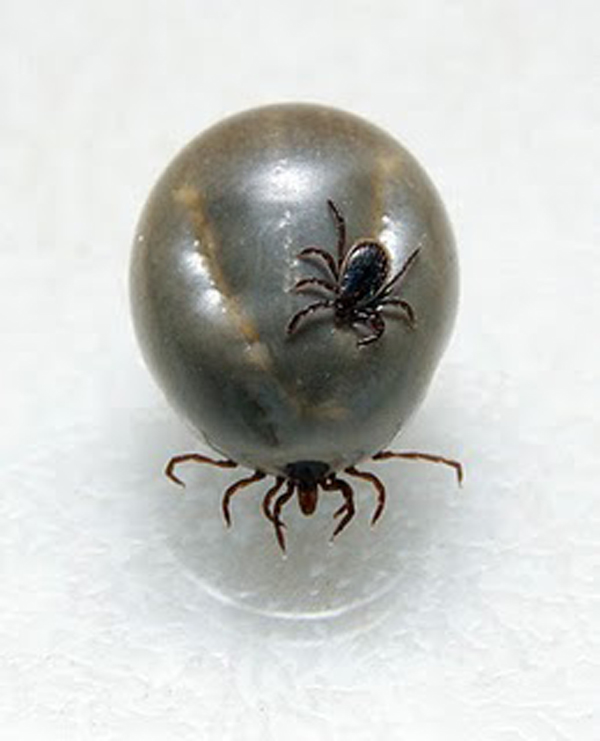
A male blacklegged tick sits on the back of an engorged female.
Full bellies
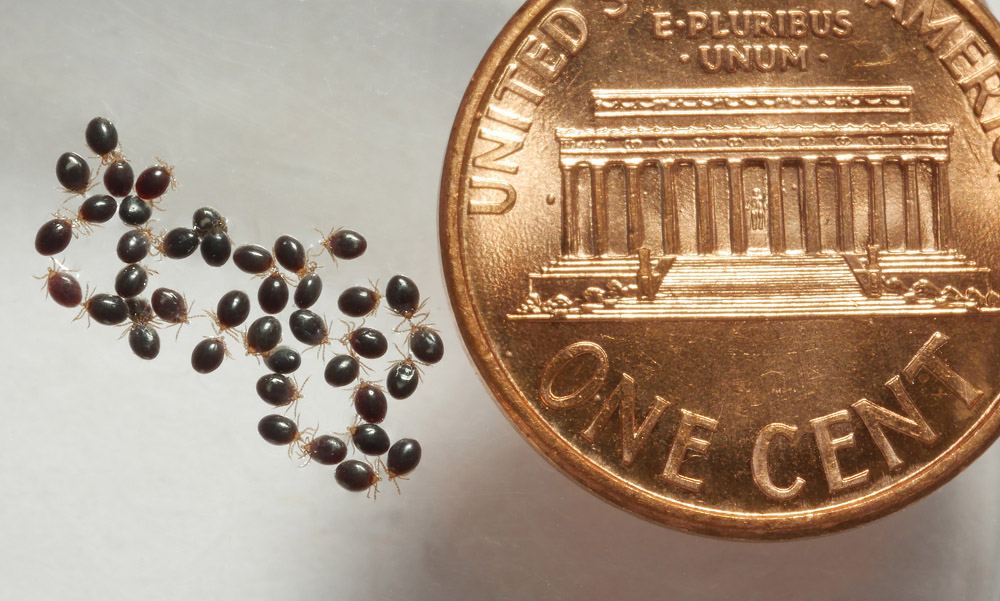
A tick that has taken a full blood meal will not feed again until it has transformed into the next stage of development. Adult females feed only once before they lay their eggs and die.
Catching the tiny bugs
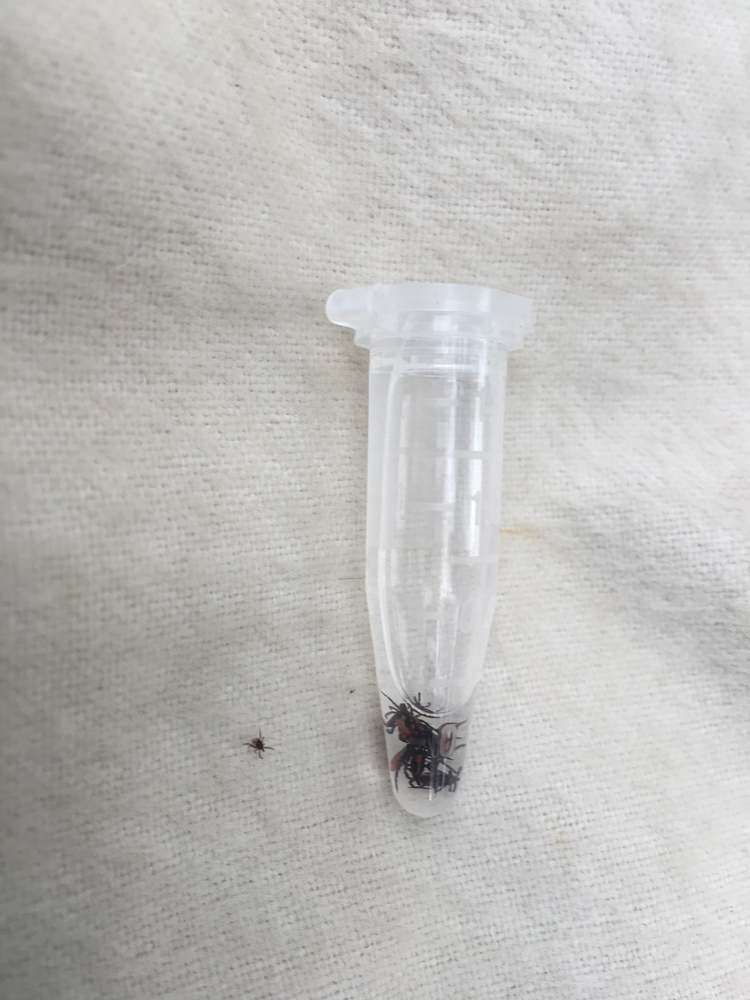
For this study, Tsao used three different methods to determine the density of tick populations in southwest Michigan: tick dragging, checking deer harvested by hunters, and checking wildlife trapped by the research team.
Technique is everything
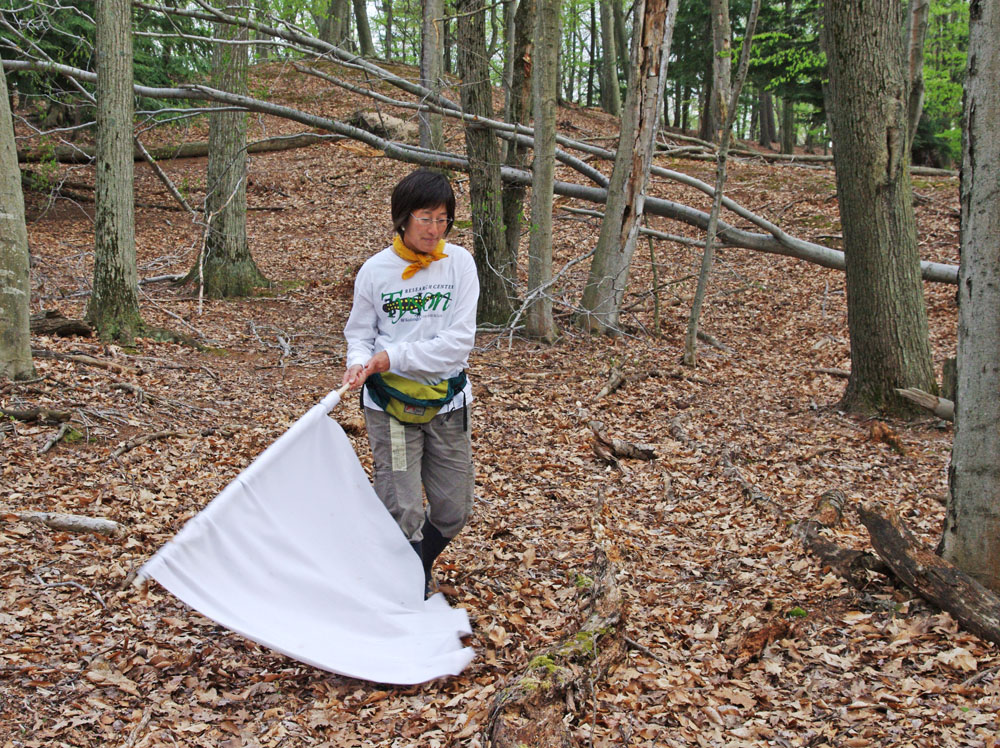
"Tick dragging," a tick collection method used by researchers, involves dragging a square of cloth through terrain thought to be infested with ticks.
Gather and test

While tick dragging, Tsao swept a white cloth panel — typically corduroy or flannel — across vegetation on the floor of the woods that are likely to be inhabited by the blacklegged tick.
Limited mobility
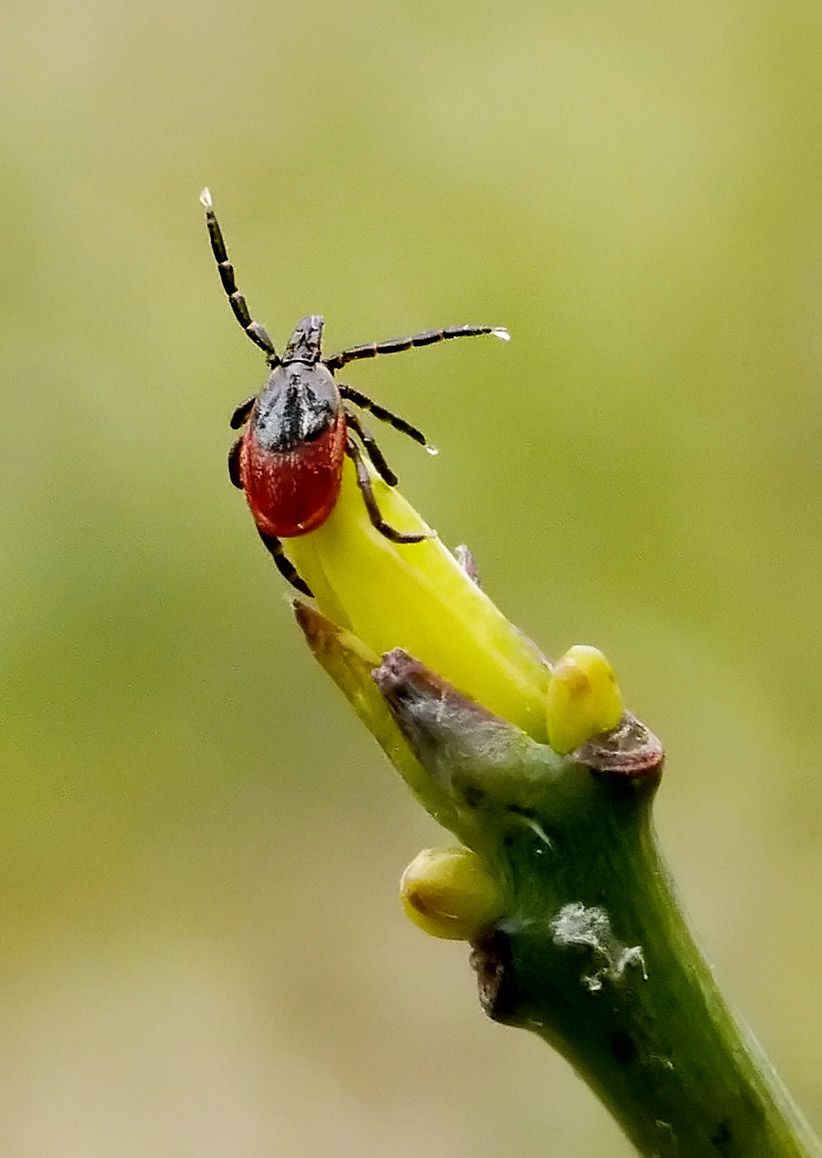
Ticks do not migrate, so their populations spread by hitching a ride on the hosts that sustain them with blood.
Hitching a ride
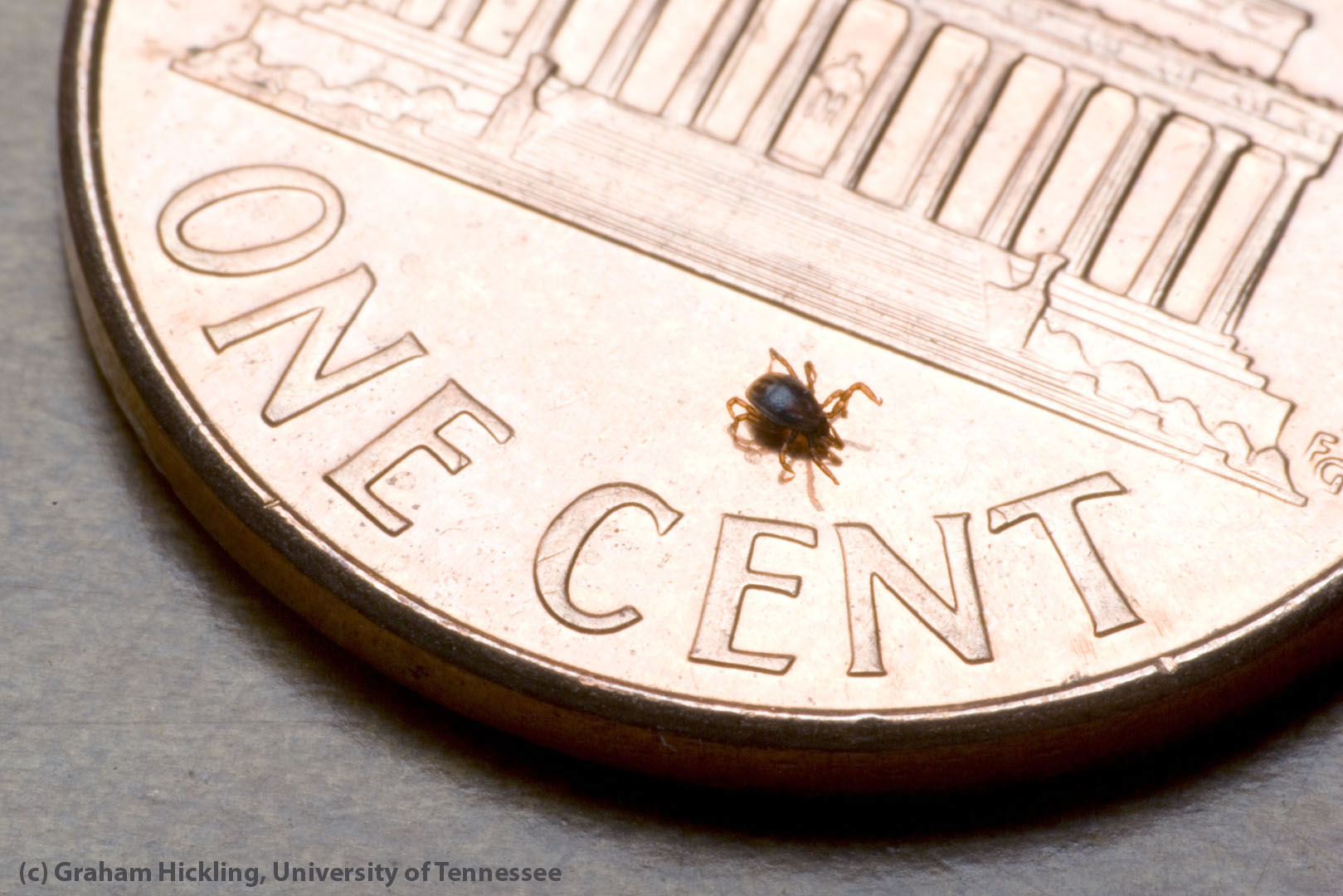
Tsao hypothesized in the study that birds may play a large role in moving ticks between locations and helping their populations to spread.
Sign up for the Live Science daily newsletter now
Get the world’s most fascinating discoveries delivered straight to your inbox.
Beware your risks
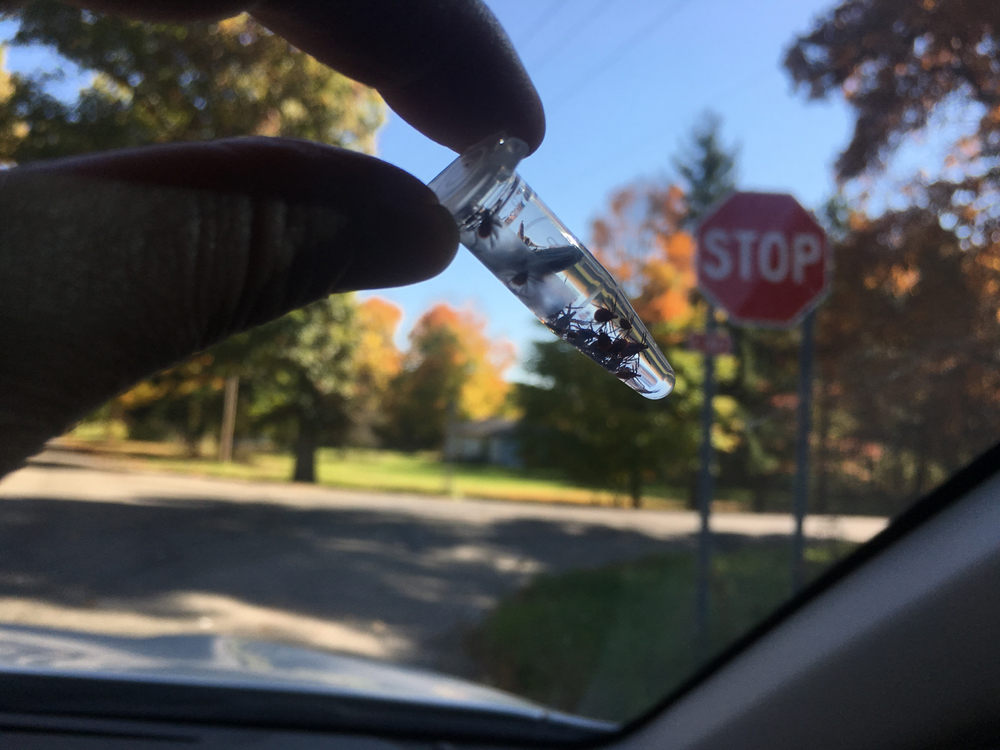
Local urban parks are one of the most surprising locations found to host blacklegged ticks, Tsao told Live Science. People living in Michigan currently face increased risk of infection with Lyme disease and are encouraged to take precautions to avoid being bitten by ticks.









